The stages of communication maturity
The world is changing quickly is your organisation keeping up with the advances in technology and matching this with your customer needs? It’s hard enough managing day-to-day operations, no one has a crystal ball into what your customers expects and demands.
At what stage of communication maturity is your organisation sitting in?
Stage one – Purely IT led Communication
Your mindset is purely on the document; your actions are purely reactive instead of being proactive. We send this document on this day to this database. Sound familiar?
Is your communication focus purely on reducing cost and minimising the risk – ticking the box when you need to. Is your communication dependent on print runs? With multiple departments sending various forms of communications to the same customer. you can answer yes to three of these, you’re in stage one of your communication strategy.
You’re not alone 30% of today’s market communicate in this way.
Stage two – Line-of-Business Communication
Here your communication is focused on only relevant messaging. You are investing heavily in emerging channels and using data analytics to drive decisions. The need to communicate is purely driven by the business need and objectives. Your communication is becoming more cohesive, following the same style, and branding throughout and you’re looking at a mobile first strategy for all your customer touchpoints.
You are not alone, approximately 60% of today’s organisations are in this stage of communication maturity.
Stage three – Customer Experience led organisations
The focus to grow the business is based on delivering a superior customer experience at every touchpoint. Ensuring your messaging is cohesive across mediums and taking a customer centric approach to communicating throughout the customer journey. Communication is sent according to individual customer needs and is channel and device agnostic. The key focus is on consistent personalised messaging.
Only about 10% of your competitors are in this stage of maturity, this is where your opportunity lies, to get your communication noticed.
There is a shift taking place from traditional outbound messaging triggered by regulatory requirements towards a more customer centric, two-way interactions based on individual customers’ needs and calibrated to meet their preference. Making it as convenient as possible to take an action that benefits themselves and the business bottom line.
Contact us to get your communication on the place it needs to be to increase profits and improve customer experience.
Source: Aspire, The State of CCM to CXM Transformation, 2019


